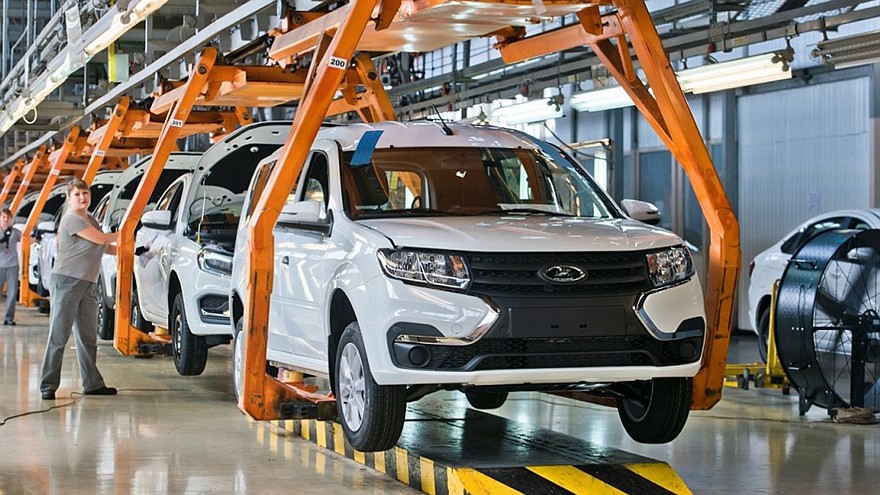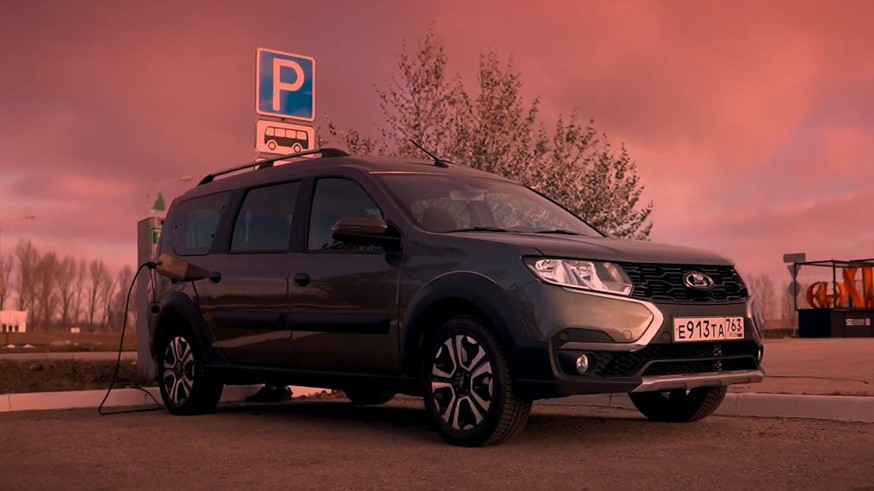
The production of station wagons and vans of the Russian brand is now moving from the Togliatti plant to a site in Izhevsk.
The first Lada Largus rolled off the AVTOVAZ assembly line back in 2012. The donor for these cars was the first generation Dacia Logan MCV. The model of the Russian brand was subjected to the first restyling in 2021. Serial production was suspended in the spring of 2022 due to a shortage of components. Despite this, the Largus returned to the assembly line a couple more times: last summer a batch of 1.8 thousand copies was produced, and in the summer of 2023 a batch of 650 Largus in various modifications was produced (by the way, the specified number also included vehicle kits for the experimental e-Largus party).

Largus were previously produced at the company's plant in Tolyatti, but it was decided to move production to Izhevsk. It is known that the “relocation” will be completed in the second quarter of next year. As TASS reports with reference to the head of AVTOVAZ Maxim Sokolov, serial production of completely “green” versions of station wagons and vans — e-Largus — will also begin in the second quarter of 2024. Before this, in mid-December of this year, a pilot batch of electric vehicles will be produced — 30 copies.
 In the photo: Lada e-Largus prototype
In the photo: Lada e-Largus prototype
The company showed a prototype of an electric station wagon late last year. It is equipped with a 150-horsepower synchronous electric motor located on the front axle. The e-Largus accelerates from zero to “hundreds” in less than ten seconds. Its lithium-ion traction battery is divided into two separate modules: one is located under the hood (where the “regular” Largus has an internal combustion engine), and the second is under the rear sofa (in place of the gas tank). The total battery capacity is 60 kWh, and the range on one charge (when calculated using the outdated NEDC cycle) is about 400 km.
 In the photo: Lada Largus station wagon
In the photo: Lada Largus station wagon
The date for the resumption of production of gasoline Largus is also known, although the president of AVTOVAZ outlined this time period somewhat more vaguely. “Next year, in the first half, we will restart production of Largus with an internal combustion engine on the assembly line of the Izhevsk plant,” the agency quotes Maxim Sokolov.
 In the photo: Lada Largus Cross
In the photo: Lada Largus Cross
“Regular” versions of Lada Largus are equipped with either a 90-horsepower 1.6-liter 8-valve four-cylinder engine or a 106-horsepower 16-valve engine of the same volume. Either of them is paired with only a five-speed manual transmission. To accelerate from zero to “hundreds” the first option takes 14.3 seconds, the second – 13.1 seconds.
 In the photo: Lada Largus van
In the photo: Lada Largus van
It was previously reported that “the pause in the production of Largus is due to plans to maximize the load of all three conveyor lines in Tolyatti in the coming years.” The company added that this is due to “increasing production volumes of the current model range and new cars.” The list of new models includes cars of the Lada Iskra family, the “official” Lada Aura, as well as a crossover on the Vesta platform.
By the end of this year, AVTOVAZ expects a reduction in the planned production volume by 10 %, Prime reports this with reference to the head of the company. Initially, the manufacturer planned to produce 400 thousand Lada cars; If expectations are met, about 360 thousand cars will roll off the assembly line. According to Maxim Sokolov, the reason is that due to sanctions, AVTOVAZ “repeatedly experienced a failure in its logistics and financial chains.”


















































Свежие комментарии